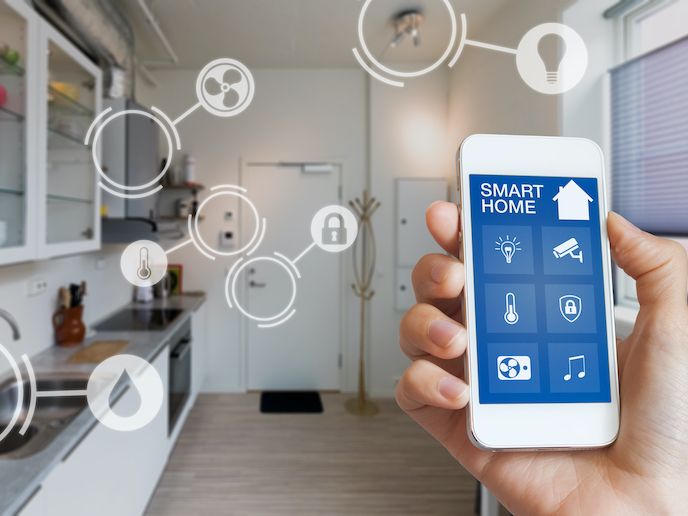Ensuring European readiness for personal robotics era
The exponential growth of data rates and continual broadening of applications has led to a constant evolution in cellular networks(opens in new window). While 1G and 2G technology standards were focused mainly on voice telephony, 3G and 4G incorporated the emergence of broadband(opens in new window). “My feeling is that we are again at the beginning of two generations of innovation,” remarks COREnect(opens in new window) project coordinator Gerhard Fettweis from TU Dresden(opens in new window) in Germany. “In addition to higher data rates, we are going to see the emergence of more robotic applications, first for businesses and then for consumers.”
Radar sensing technology
The EU-funded COREnect project was launched to establish a technology roadmap, to help European industry anticipate and take full advantage of the opportunities presented by 5G and 6G. To begin, the project brought together over 100 experts from the microelectronics and telecommunications communities. There was broad consensus that 5G – and especially 6G – will see enormous growth in the personal robotics market. These robots will be designed to help with a range of household tasks, assist with shopping and provide a range of entertainment services. Europe’s strengths and weaknesses in microelectronics for telecommunications were discussed, and key challenges ahead pinpointed. “We identified two key issues affecting personal robotics – latency and reliability,” says Fettweis. “You don’t want to lose connectivity, and thus lose control of your robot.” In addition, Fettweis and his team identified radar as a key enabling technology for future 6G chip platforms. Radar helps robots navigate and perform their services. “Cameras everywhere aren’t ideal because of privacy concerns,” he adds. “So, we’ll need radar sensing technology and to understand how to incorporate it into chip platforms.”
Robotic operational system
This was one of the key challenges that COREnect focused on. The project team realised that a world filled with robots chirping away like bats, building up their own personal echo images, would create a great deal of interference and impact on latency and reliability. “If, however, personal robotic radar systems obeyed a master, and only started chirping when told to, then the situation would be different,” explains Fettweis. The central recommendation from the COREnect project has therefore been this need for Europe to build a coordinated communication system, with bespoke platform chips, designed for both communication and sensing. “This is the key outcome of COREnect,” notes Fettweis. “It is clear that Europe should design the whole operational system for next-generation personal robotics, and not just import electronic chips from abroad and add casings, as it has done in the past.”
European platform chips
For Fettweis, the project has been a useful and timely wake-up call for industry. Europe has a huge opportunity to take advantage of the personal robotics revolution that 5G and 6G will bring, so long as industry acts now and begins to build a unique chip platform. There have been encouraging signs. The success of the COREnect consortium has resulted in the launch of a follow-on EU-funded project, called COREnext. Due to begin in January, this will begin the work of building the infrastructure needed for developing a European platform chip to serve upcoming needs and challenges. “Personal robotics is going to be a huge market,” says Fettweis. “Europe is really well placed, because it has a great reputation for maintenance and quality. What this project has done is underline the importance of designing and holding the IP of the chips.”







